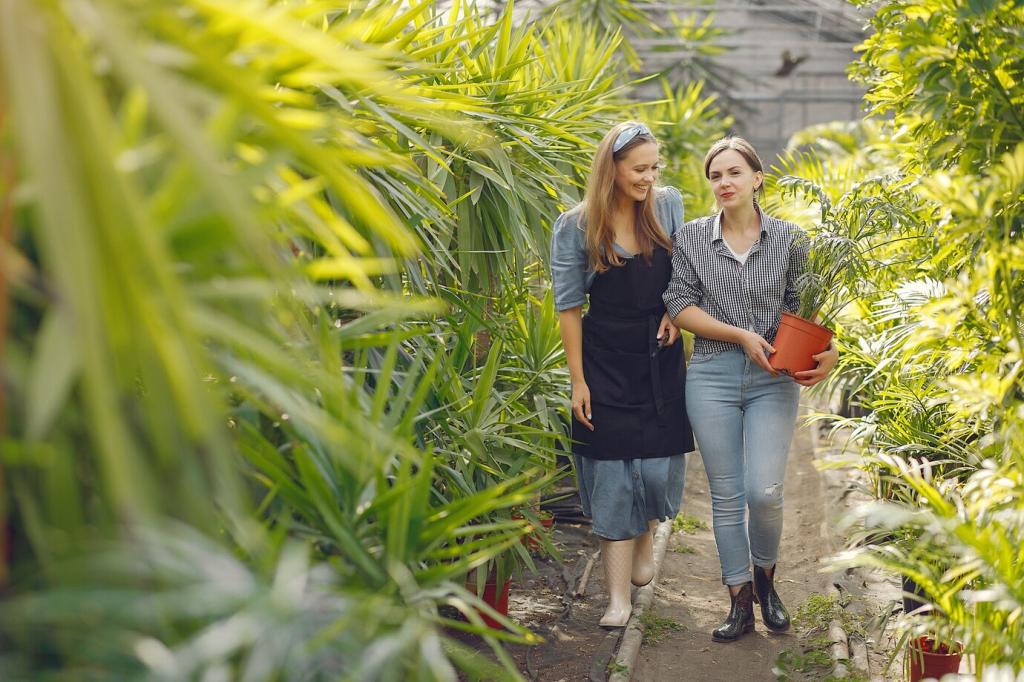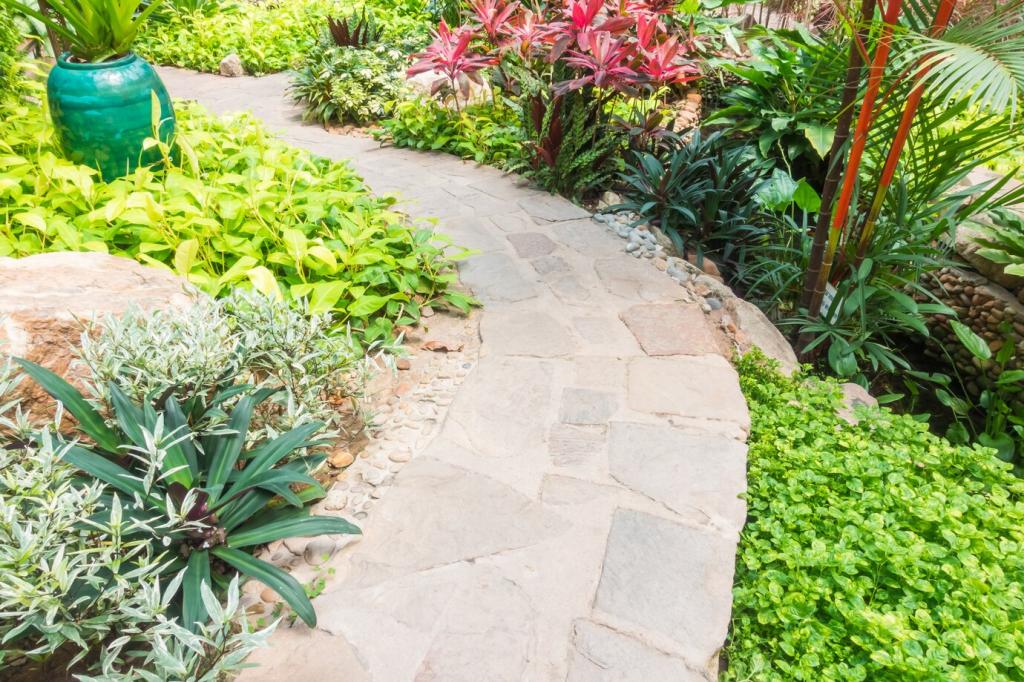Living Soil 101: Understanding the Foundation
From bacteria and mycorrhizal fungi to earthworms and beetles, every organism plays a role in cycling nutrients. Sustainable soil management feeds this web with compost, reduces disturbance, and encourages biodiversity, creating resilience against pests, drought, and nutrient loss.
Living Soil 101: Understanding the Foundation
Stable aggregates improve aeration, water infiltration, and root exploration. Gentle cultivation, permanent beds, and regular compost additions promote crumbly tilth. Share your before-and-after photos showing how compost transformed compacted ground into friable, dark, rich, and living soil.





